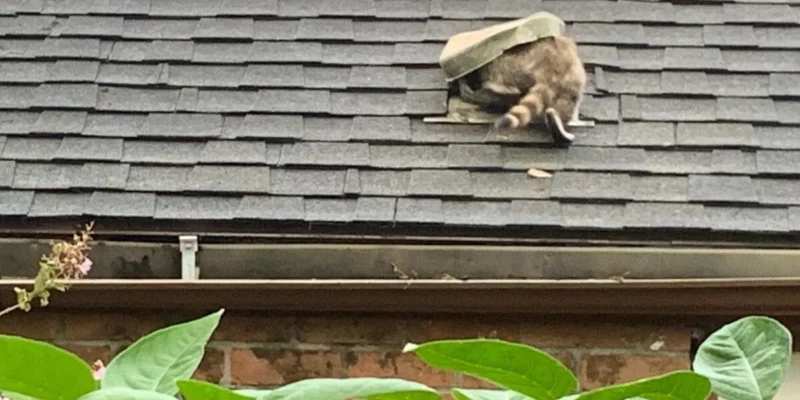It’s fairly common that most homeowners don’t take advantage of their attic space nearly as much as they should. Mostly, we just use it for storage space, and that’s pretty much it, which is not only wasteful, but also problematic, as this runs the risk of attracting pests to your attic. If you’re worried about animals in your attic, it’s always a good idea to reach out to Metro Wildlife Control for a check-up.
How do you know what animals are in your attic?
If you’re hearing noises up in your attic and aren’t sure what to think, it’s quite likely you’ve got wild animals living up there. But what animals are they? Here’s how to tell the difference!
Squirrel Noises in the Attic
Squirrels are pretty diurnal, so if you hear thumping, rolling, or even chewing sounds during the day, then it’s pretty likely it’s squirrels, as most other “intruders” will be nocturnal.
Bat Noises in the Attic
Bat noises will occur at night, and shouldn’t be ignored, because bat droppings (aka guano) is highly toxic to humans, and corrosive to your furniture, and home. Bats typically emit squeaking, chirping, or wing fluttering noises.
Raccoon Noises in the Attic
Raccoons usually leave the attic at night, to go foraging for food, so if you’re hearing noises around dusk and early morning, it may well be a raccoon, especially if the noises have a distinctly “thump-y” vibe.
Bird Noises in the Attic
Birds, like bats, may sound chirpy and squeaky, though you’re also quite likely to hear a lot of banging up there, since confined birds are prone to flying into walls. This can lead to dead birds in your attic, which can, in turn, attract other critters or create odor problems.
Rodent Noises in the Attic
Finally, the critter up in your attic may well be a rat or a mouse, since these ingenious rodents are well-accustomed to living alongside humans. They also become active at night, especially when everyone else has gone quiet. So if you hear squeaking, clawing, or scratching noises in the attic at night, it’s quite likely that you’ve got rodents.
What to do?
As mentioned, if you suspect a wildlife infestation in your attic, call a professional wildlife removal company as soon as possible. The sooner you remove the problem, the less likely you are to face serious property damage.
Home improvements to avoid animal infestations
Investing in your attic is not only smart because it reduces the risk of animal infestations, but it also can increase the value of your property, later on.
Step up your insulation game.
Insulation, like pretty much everything else in your home, will eventually become outdated and start losing energy. As standards continue to be improved and upgraded, so should your insulation, so maybe it’s time you invest in new insulation for your attic. This will make the space more inhabitable, as well as turn your home more energy-efficient, so it’s really a win-win.
Use an aluminum radiant barrier.
This will act to protect the inside of your attic against the sun’s UV rays. In turn, this can result in a cooled-down space to relax in during the hot summer months. Not only that, it once again boosts your attic’s energy-efficiency, thus also increasing the overall value of your property.
Clear out the trash.
While the attic is a convenient out of sight, out of mind storage option, the simple truth is, the more junk we store up there, the more we’re doing ourselves a disservice. First off, storing unnecessary items up there creates extra clutter, which in turn appeals to unwelcome wildlife visitors. Secondly, it also makes the attic virtually unusable, thus limiting your viable space.
Check the roofing.
Over time, the roof of your home will naturally be damaged by the passage of time and weather. So before you start revamping your attic, make sure you do a thorough check of the roof. This will allow you to replace missing shingles, and seal holes, both of which might allow the entry of unwanted wildlife. It will also improve the condition of your attic, and make it more pleasant to spend time up there.













Comments